Sandians support national security mission
In support of the Nuclear Deterrence Modernization Efforts Rally Cry, Lab News continues to highlight employees and the ways that they contribute to Sandia’s national security mission. Read more profiles from previous editions.
Michael Simmons
Hardware and software cybersecurity engineer
1.5 years at Sandia
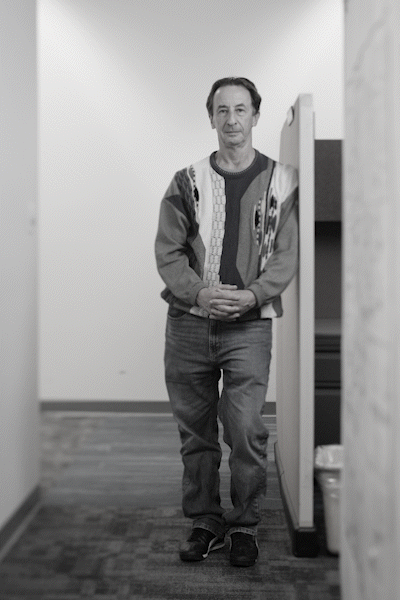
After more than 30 years in the private sector, Michael joined Sandia in April 2021. He works remotely from California along-side his wife, Tuyet, who has been with Sandia for nine years.
Michael’s work focuses on ensuring integrated circuits are protected from cybersecurity threats. Field programmable gate arrays are an important class of integrated circuits. He provides value to nuclear deterrence by helping transition government and commercial tools to aid the program’s assurance efforts as they rely more on microelectronic devices. Comprehensive independent functional test is a notable example.
Michael’s work leading the introduction of the test aims to provide hardware cybersecurity assurance for field programmable gate arrays across Sandia. He has collaborated with several product teams to pilot the test tool and is seeing tangible nuclear deterrence assurance benefits. The tool has the potential to make Sandia’s supply chain much more secure, and Michael welcomes more opportunities for further collaboration across the Labs.
“Many groups across Sandia work to ensure field programmable gate arrays are safe to use. My work is one part of these efforts and is showing great potential,” Michael said. “I embrace the opportunity at Sandia to perform meaningful and interesting hardware and software cybersecurity work serving my country, particularly with nuclear deterrence efforts.”
— Andrea Mackay
Don Ward
W87-1 modeling and simulation integration co-lead
12.5 years at Sandia
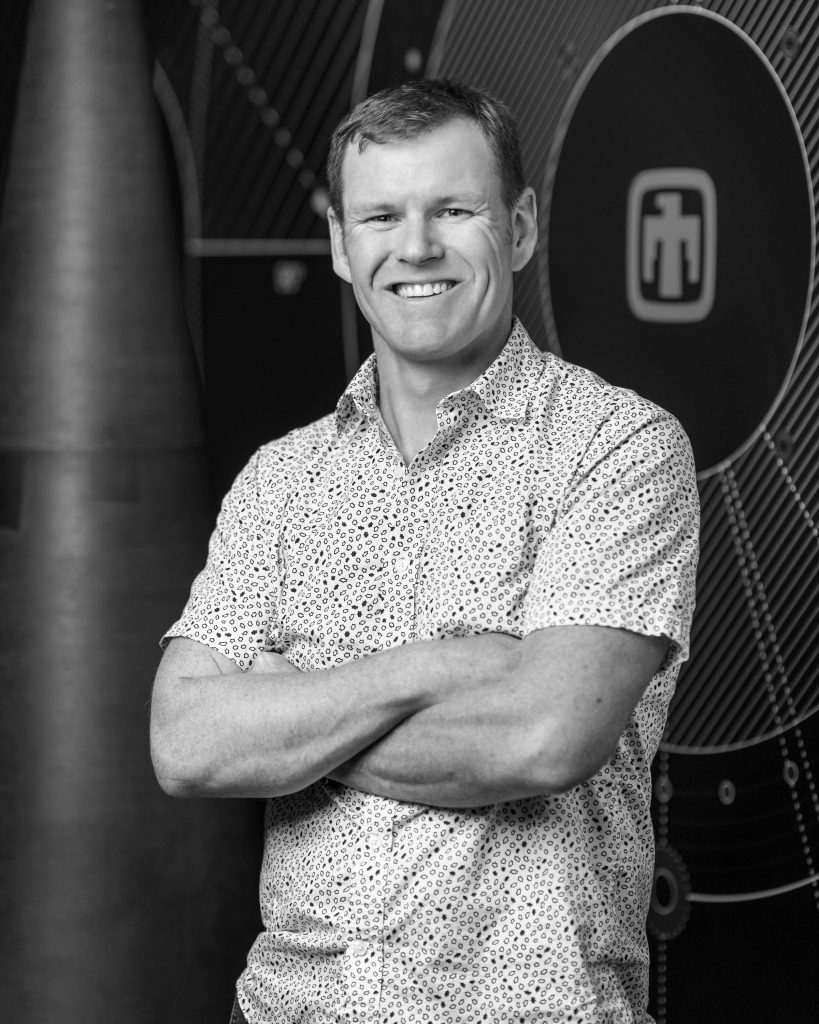
As a postdoc, Don developed interatomic potentials for understanding defects in radiation detectors and solar cells. Today, he works with partners in qualification, weapon systems, analysis and testing to make sure modeling and simulation is being used to the best of its capabilities in shock physics, aerosciences, thermodynamics, solid mechanics, structural dynamics, radiation transport, electromagnetics and electrical modeling.
Don also supports other systems, such as the W80-4 and W87-0, to assess radiation environments, especially hostile and fratricide environments.
“I help determine what environments are realistic potential environments for our systems to experience during a lifetime of their mission,” he said, “and inform testing towards qualification to those environments using mod-sim.”
Don said the biggest contribution is work with the U.S. Air Force to update environment definitions. “Through a very strategic, planned series of discussions, we convinced the Air Force that it was very important to change the requirements for the W87-1, to update from something that had been in place 40 years. It was a huge team effort in collaboration with LLNL, and I really feel like we’re doing critical work here that has significant impact.”
— J.C. Ross
Ray Byrne
Manager of Power Electronics and Energy Conversion System Department
33 years at Sandia
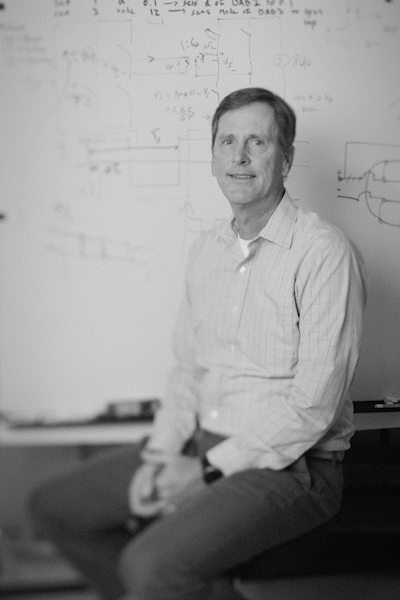
Ray and his team contribute to national security by assuring the electric grid is resilient against natural and manmade attacks. His program work focuses on developing power electronics to improve the safety, performance and cost of energy storage systems as well as developing next-generation power electronics to enable reconfigurable microgrids.
Energy storage is a fundamental component of any resilience solution and critical to integrating renewables as we decarbonize, Ray said. “Since the electric grid is the foundation of modern society, and often identified as one of the greatest engineering achievements of the last century, our work provides a significant contribution to national and economic security.”
— Sarah Johnson
Jamey Christy
Electrical engineer
12 years at Sandia
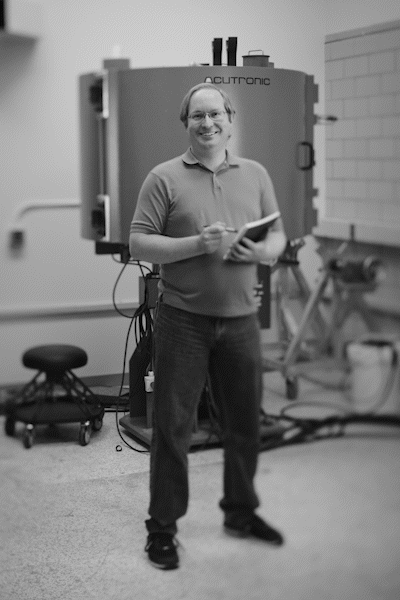
When Congress and the president make stockpile decisions, the underlying data must be good — and it all starts with Sandia’s testers, devices programmed to evaluate nuclear weapon components and systems to verify safety, security and reliability.
“The tester is the tool. The end product is the data,” said Jamey, who has been designing testers for his entire Sandia career. His work touches numerous weapon and delivery systems, which keeps the work interesting and the impact clear.
Surveillance lab testing often utilizes centrifuges, which recreate a nuclear weapon’s flight path, but also complicate data collection.
“We’re trying to collect the best quality data while spinning really fast and applying real-world conditions like vibration, vacuum and temperature,” Jamey said. Lab tests complement flight tests by enabling the same hardware to be tested multiple times across controlled, extreme conditions.
All this testing is part of the Integrated Stockpile Evaluation program and the annual assessment process. Jamey interacts with the Weapons Evaluation Test Laboratory team in Amarillo, Texas, who help design, operate and maintain the testers, and surveillance engineers who analyze and evaluate the data.
“Everything we do supports collecting the most accurate and valuable data possible,” he said.
— Mary-Ellin Brooks
Joe Ronevich
Materials scientist
10 years at Sandia
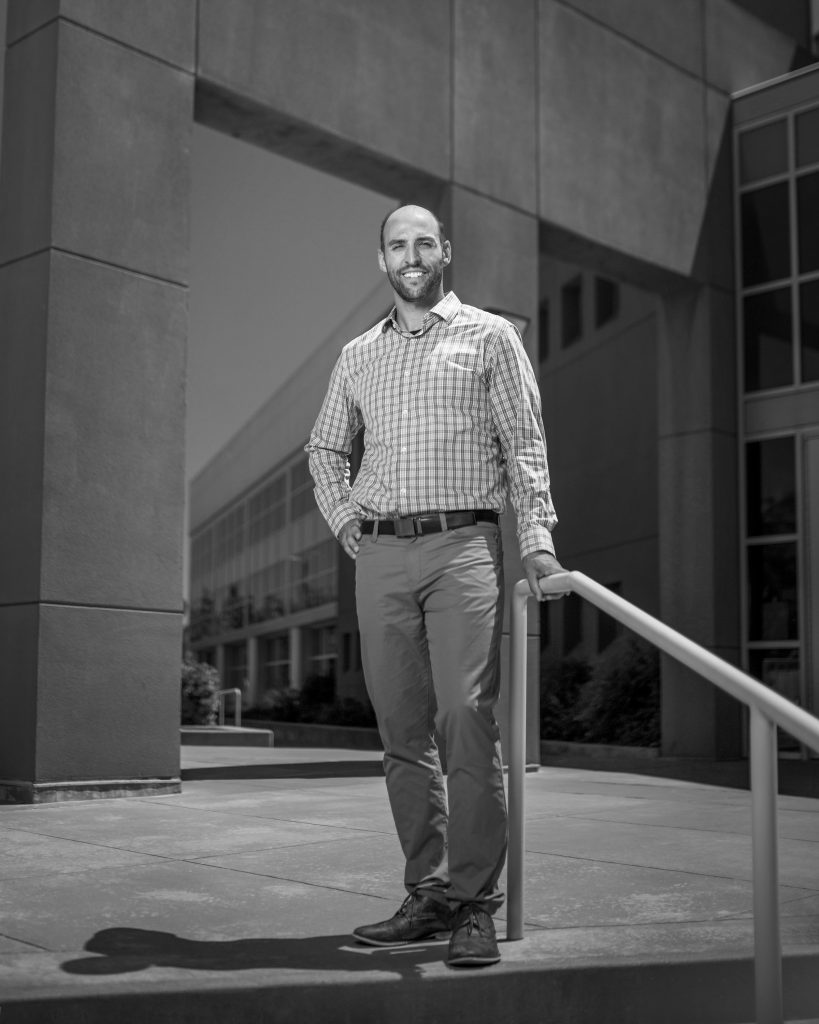
Joe started at Sandia as a postdoc in the Hydrogen Effects on Materials Laboratory and quickly realized that Sandia was a place he wanted to stay. His research has focused on understanding materials compatibility with gaseous hydrogen.
Joe can address challenging materials compatibility research questions for national security but also questions related to storing and distributing hydrogen for clean energy. His work provides the technical basis for codes and standards used by industry in ensuring the structural integrity of hydrogen infrastructure. All of this inspires significant collaboration.
“Collaboration is key, and at Sandia we are in a great position to collaborate both with other national labs but also with the international community who share a common interest in understanding hydrogen effects on materials,” he said. “The continual interactions we have with collaborators ensure constant evolution of our knowledge so that we can characterize and address the challenges of hydrogen embrittlement.”
— Mattie Hensley